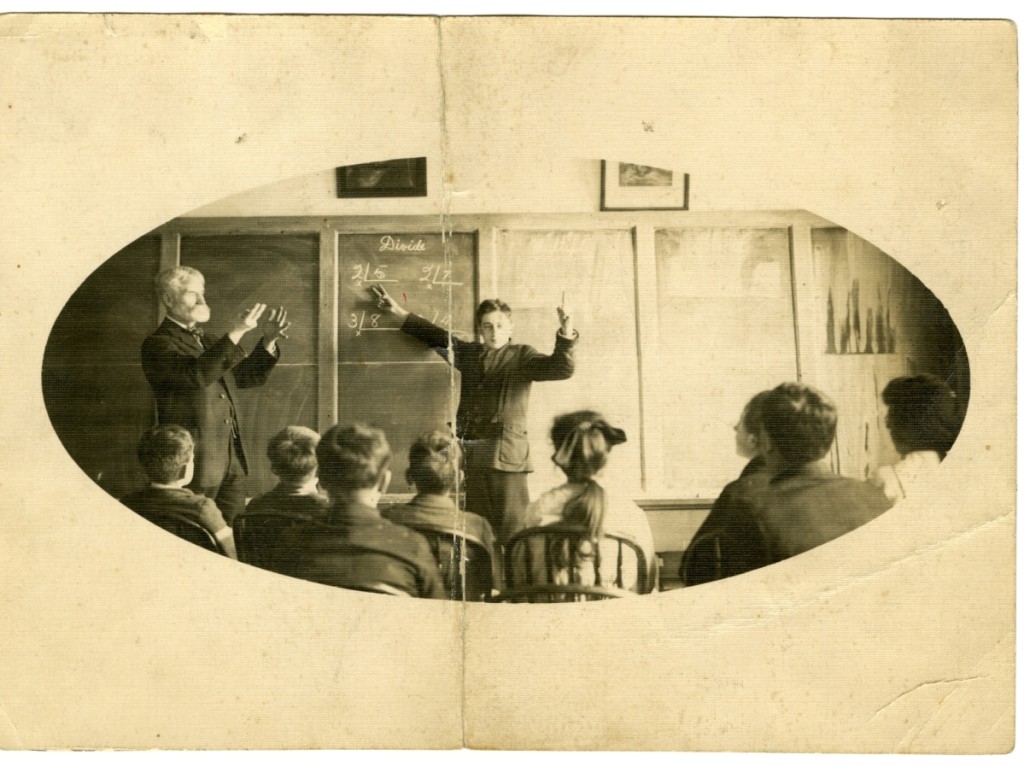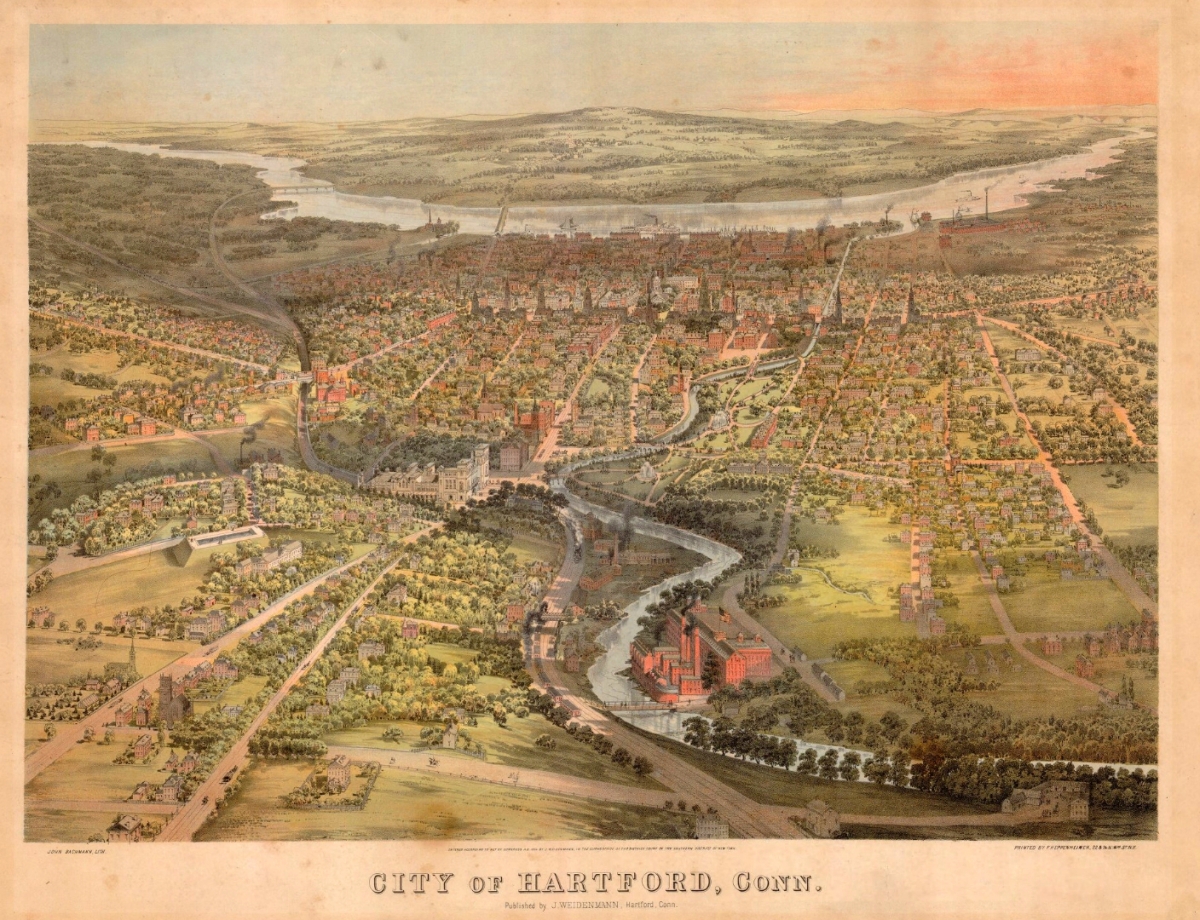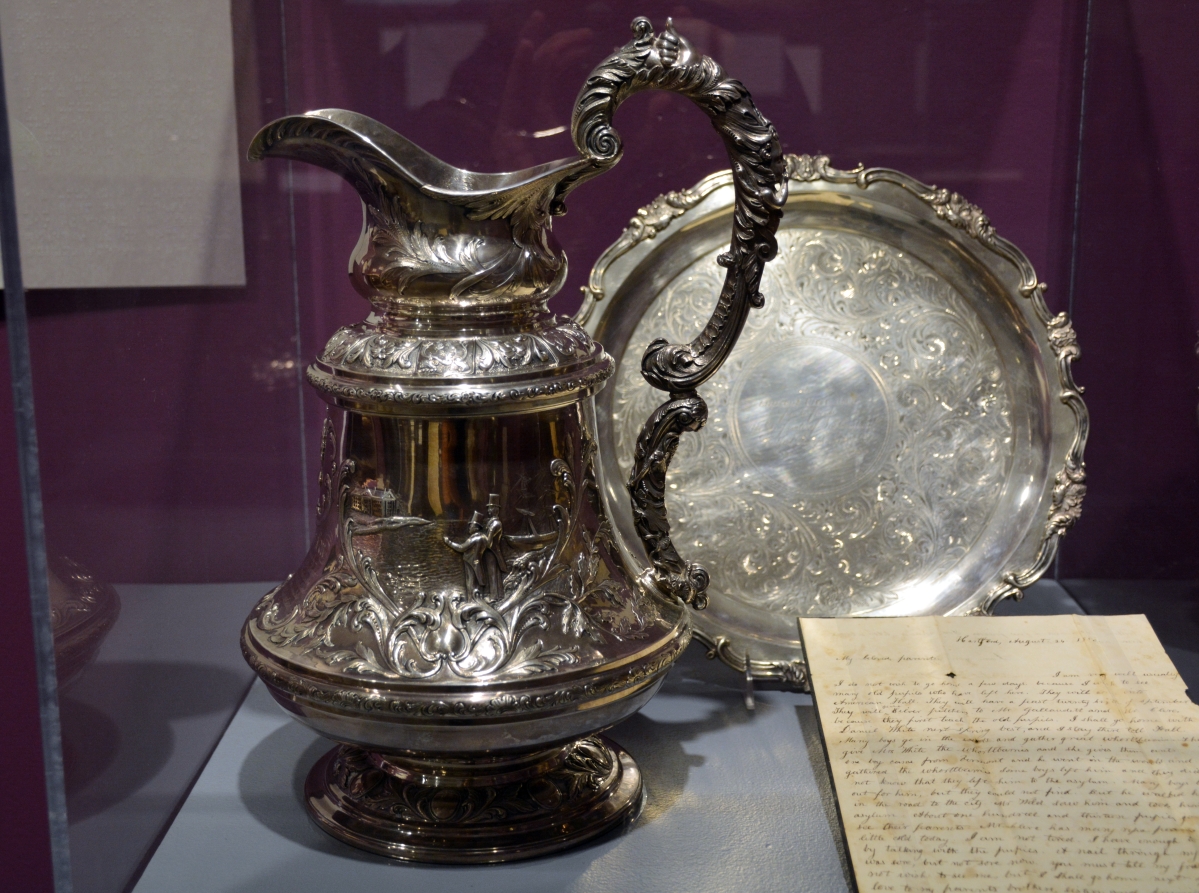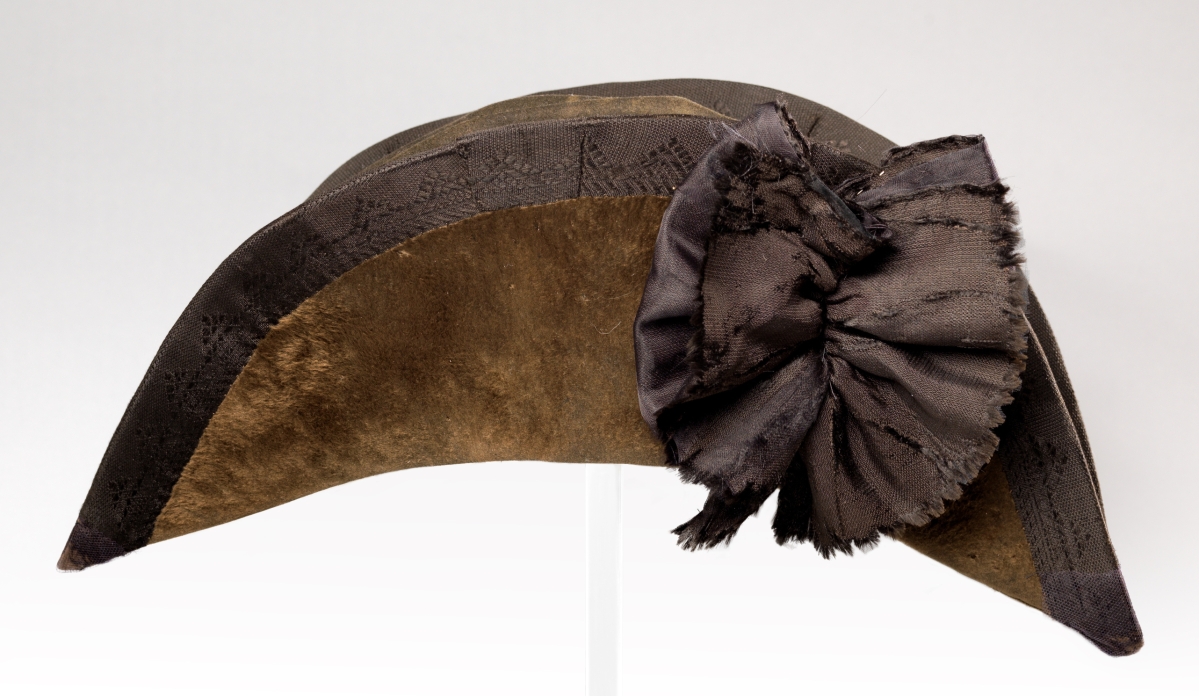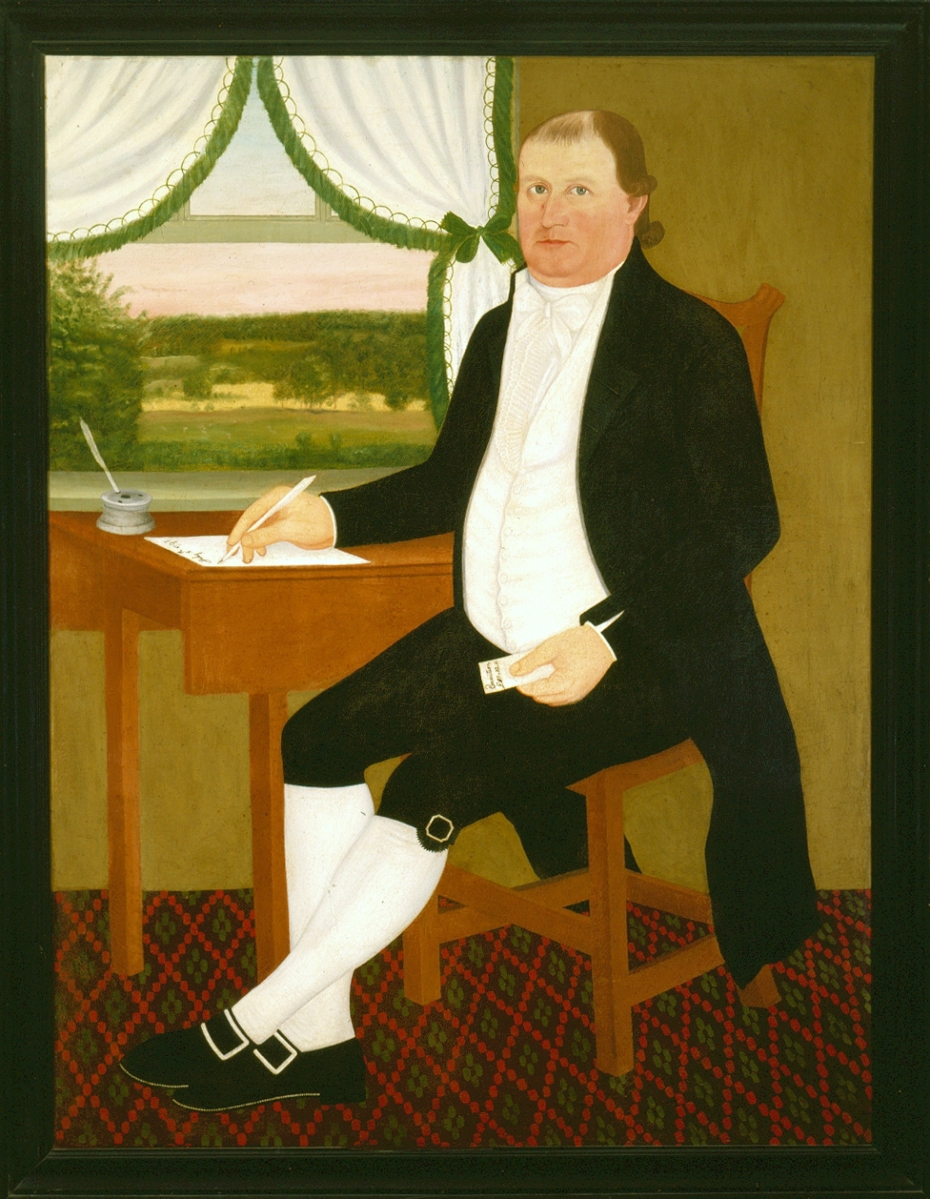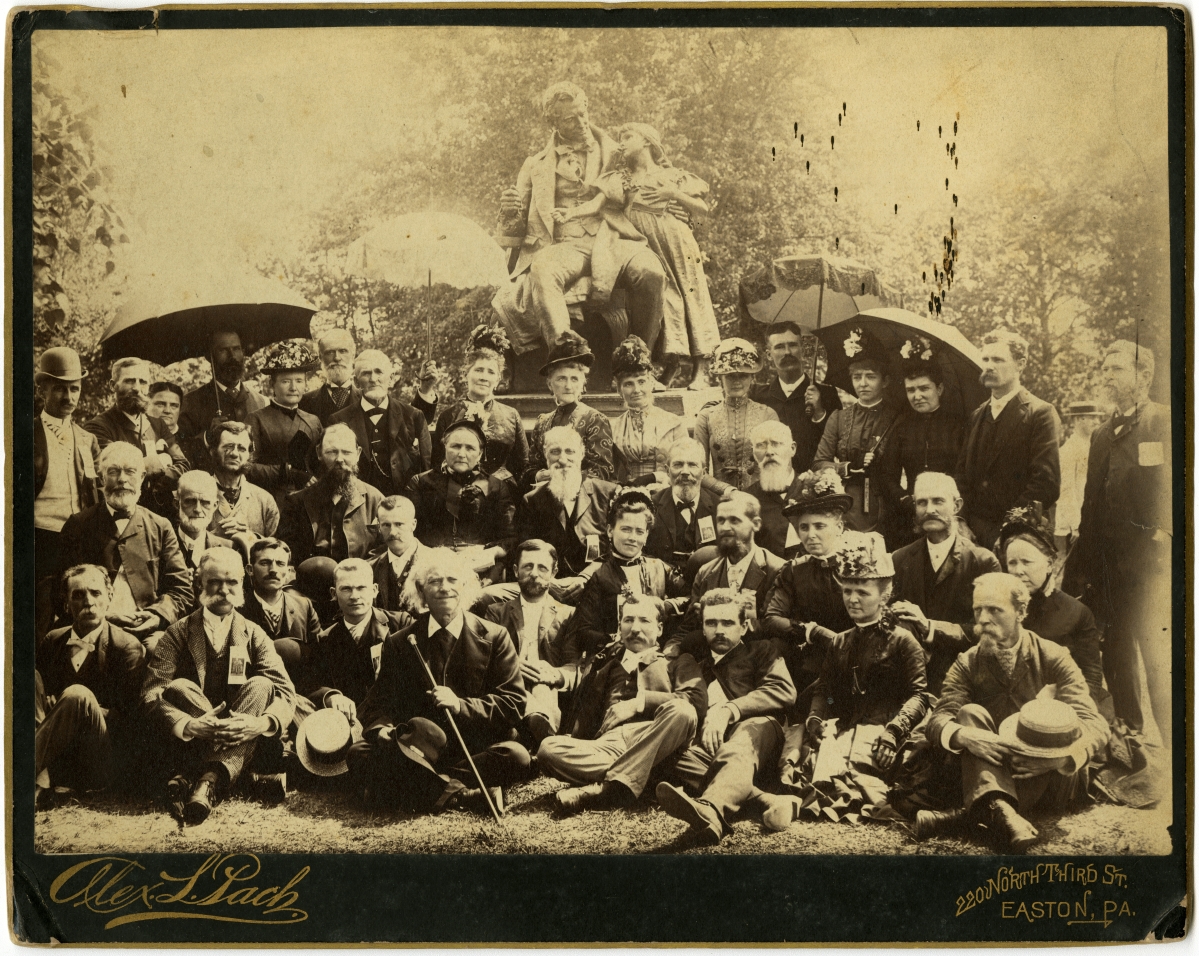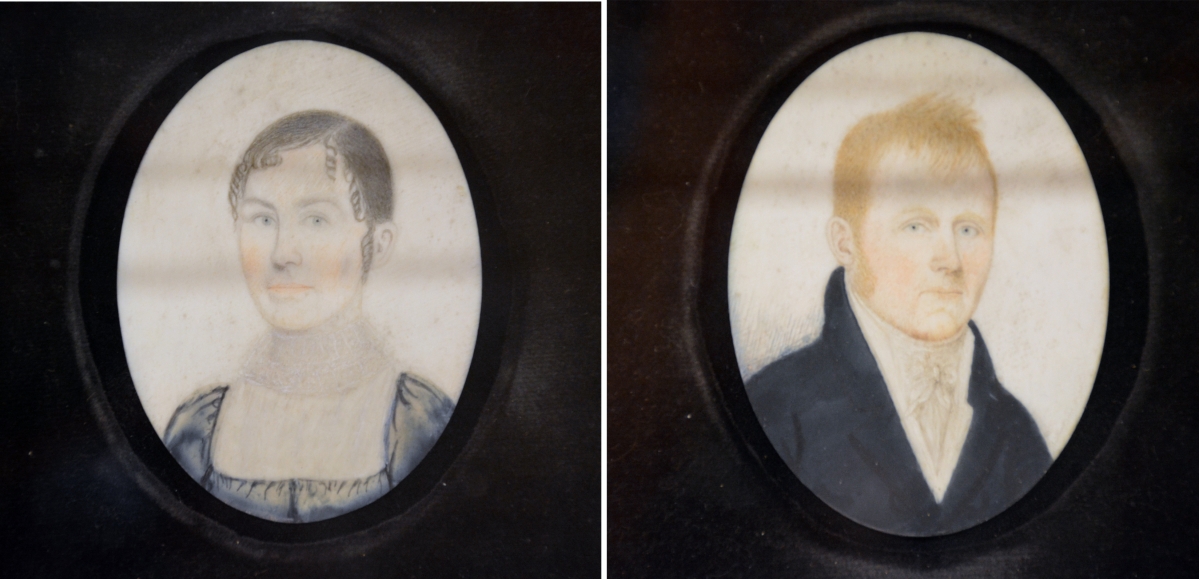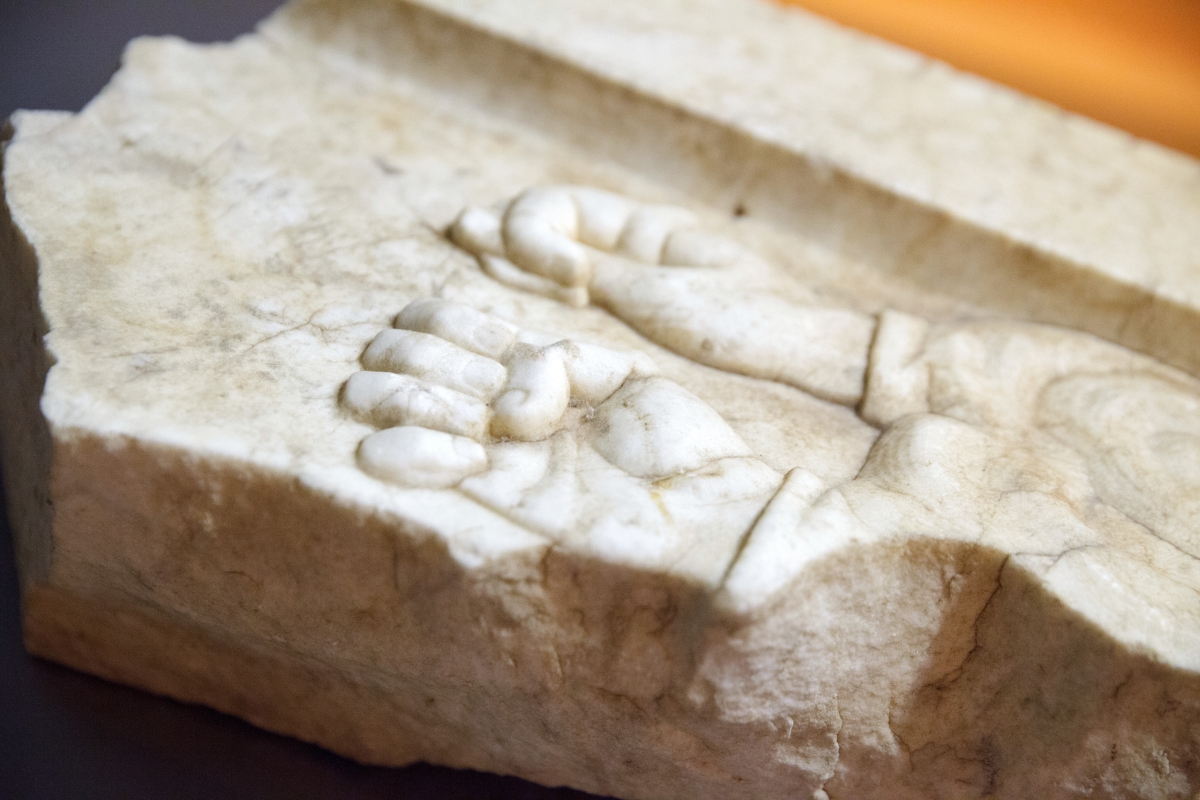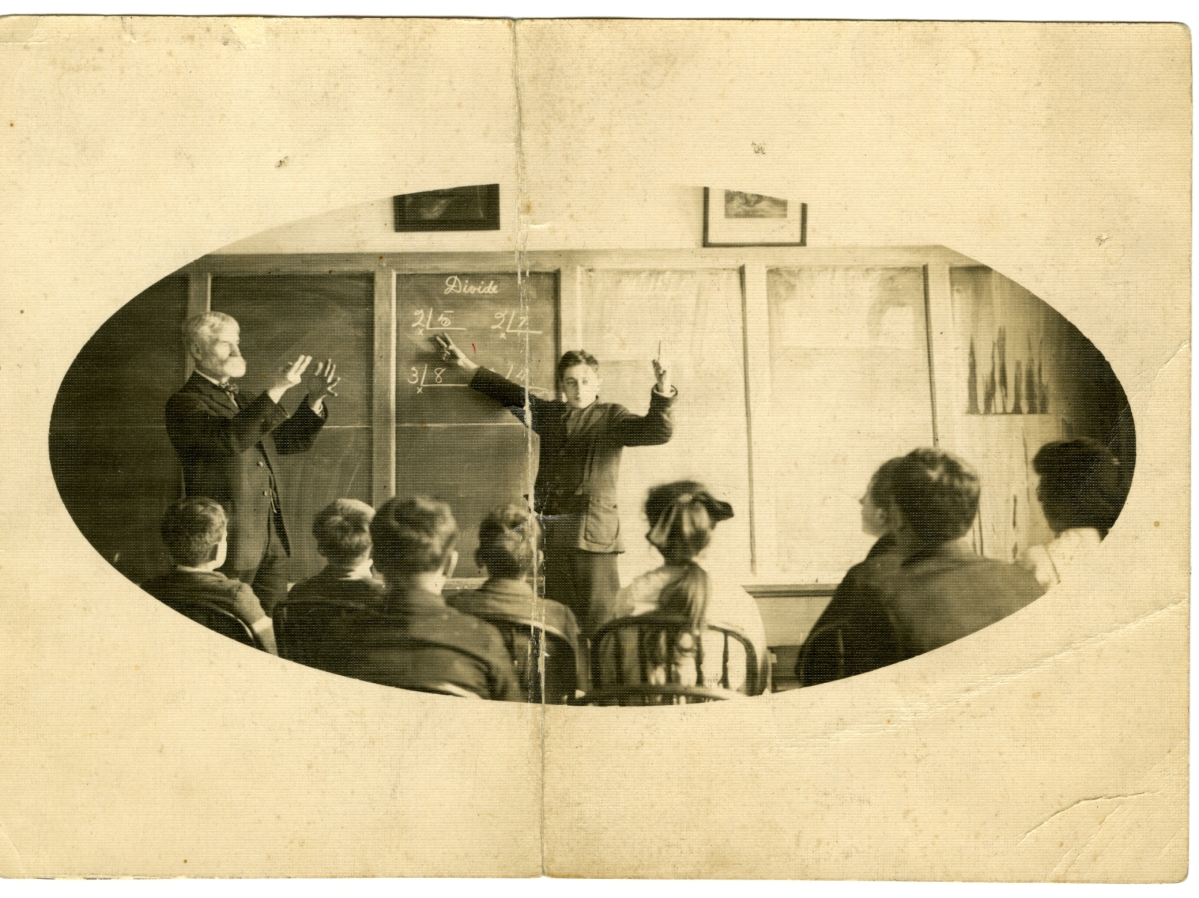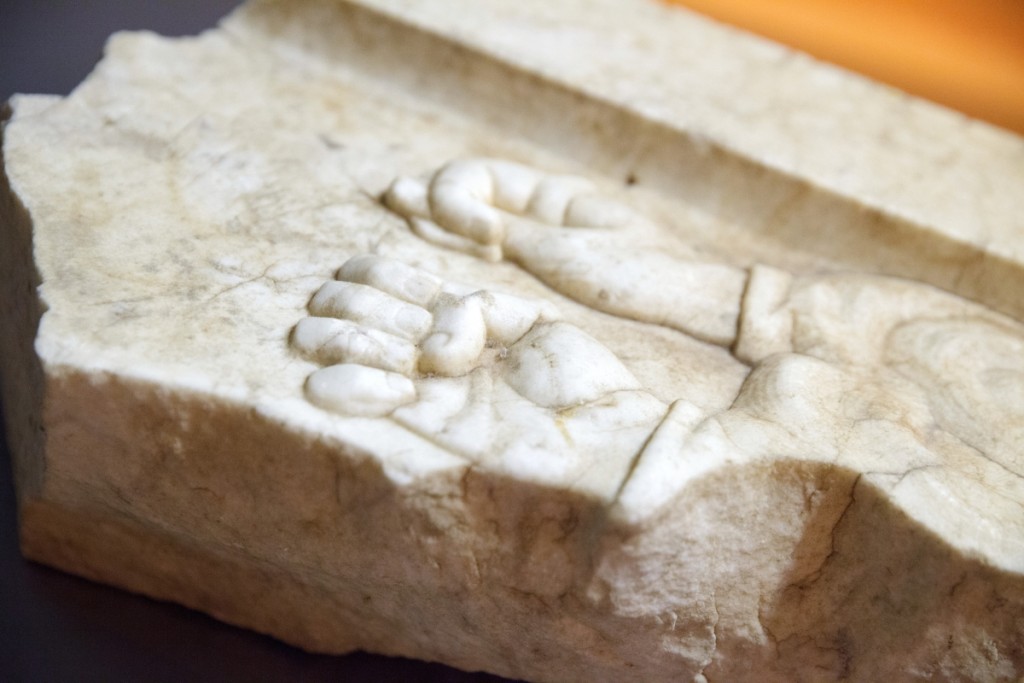
Gallaudet Monument fragment, 1854. ASD Archives. The Gallaudet Monument stood on the grounds of ASD until the school moved to West Hartford in 1921. When an attempt was made to move the monument to the school’s new location, it broke apart from deterioration.
HARTFORD, CONN. – Two hundred years ago, formal education of deaf children and adults was first established in the United States with the founding of the American School for the Deaf (ASD) in Hartford. The school created a new standardized language – American Sign Language – and became a leader in developing educational methods and embracing technology for people who are deaf, resulting in a deaf community and culture that advances equality.
To celebrate ASD’s bicentennial anniversary, the Connecticut Historical Society has partnered with ASD to create the “Language, Culture, Communities: 200 Years of Impact by the American School for the Deaf” exhibit, on view through October 21.
The exhibit features more than 100 objects, including original manuscripts, portraits and photographs, and technology used to assist deaf and hard-of-hearing individuals. Key objects include portraits by the famous deaf artist and ASD alumnus John Brewster, as well as video interviews with current students and more recent alumni. The exhibit highlights the life of ASD’s founder, Thomas Hopkins Gallaudet, a Yale graduate and ordained clergyman, along with Alice Cogswell, the school’s first student.
It also features items from the school’s (and America’s) first deaf teacher, Laurent Clerc, who came to Connecticut from Paris to help form ASD after being recruited by Gallaudet. His birth certificate and passport, a pocket watch and an original lap desk from France are among many of his personal objects on display, as well as original portraits of Clerc and his wife, Eliza Boardman, a graduate of ASD. These were painted by Charles Willson Peale, best known for his George Washington portraits and for founding the Philadelphia Museum, later known as Peale’s American Museum.
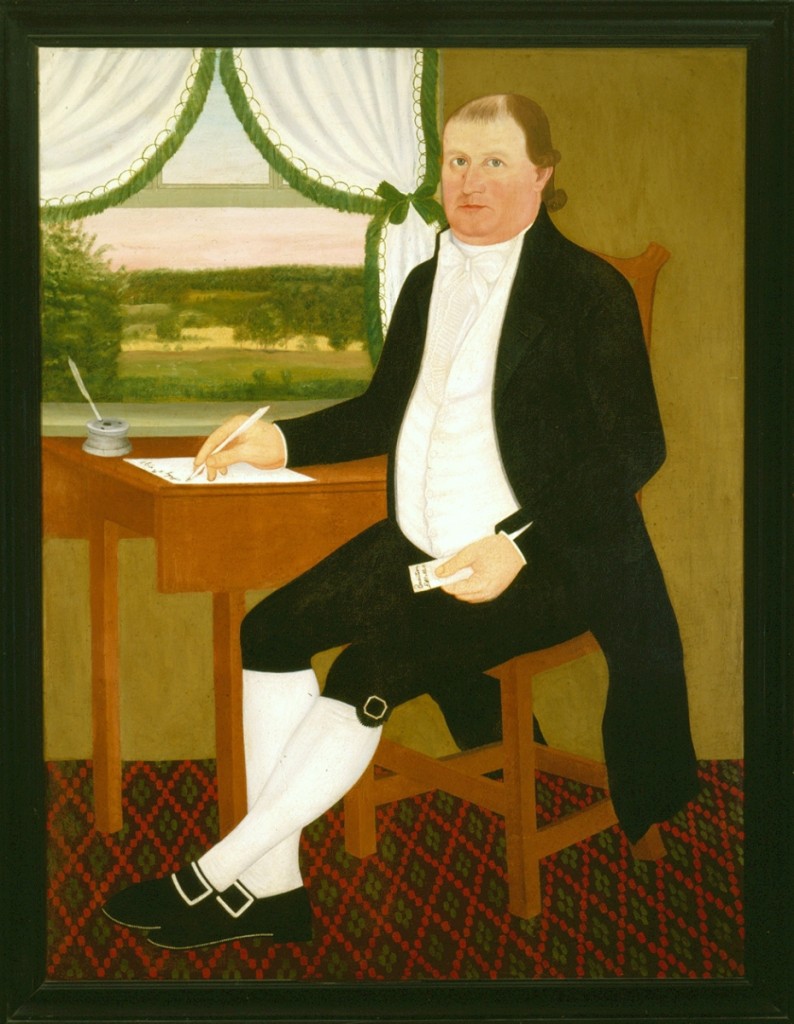
“James Eldredge” by John Brewster Jr, 1795, oil on canvas in black painted wood frame; gift of Franklin Q. Brown Jr, Sylvia E. Morss, Dorothy B. Hoar, Phillip B. French, Leigh H. French and Jane Acheson Brown.
The exhibit also highlights the school’s growth over the years as it developed educational methods and embraced technology that affected personal lives and American culture, and formed local, national and global connections between deaf, hard-of-hearing and hearing communities. Visitors will see and be able to try out early ear trumpets. Also on display will be modern hearing devices as well as a TTY machine, which allowed deaf people to communicate by telephone. Other featured objects include a silver pitcher given to Clerc by ASD students in appreciation of his work and dedication, marble fragments from an early monument of Gallaudet and a desk and other Nineteenth Century items created by ASD woodworking students.
“Many of the people featured in this exhibit had never experienced formal education, had never been away from home and had never envisioned the kind of life ASD opened for them,” said Jody Blankenship, CEO of the CHS. “It is exciting to help tell their stories and to celebrate this important anniversary of the birthplace of American Sign Language and deaf education in the United States.”
Throughout this bicentennial year, the CHS will host tours of the exhibit and programs on the history of deaf education for French students, deaf educators, ASD alumni and other professional organizations serving the deaf community. ASL interpreters will be on hand at many events, including scheduled tours for the public. The society is at 1 Elizabeth Street. For more information, www.chs.org www.asd-1817.org or 860-236-5621.

